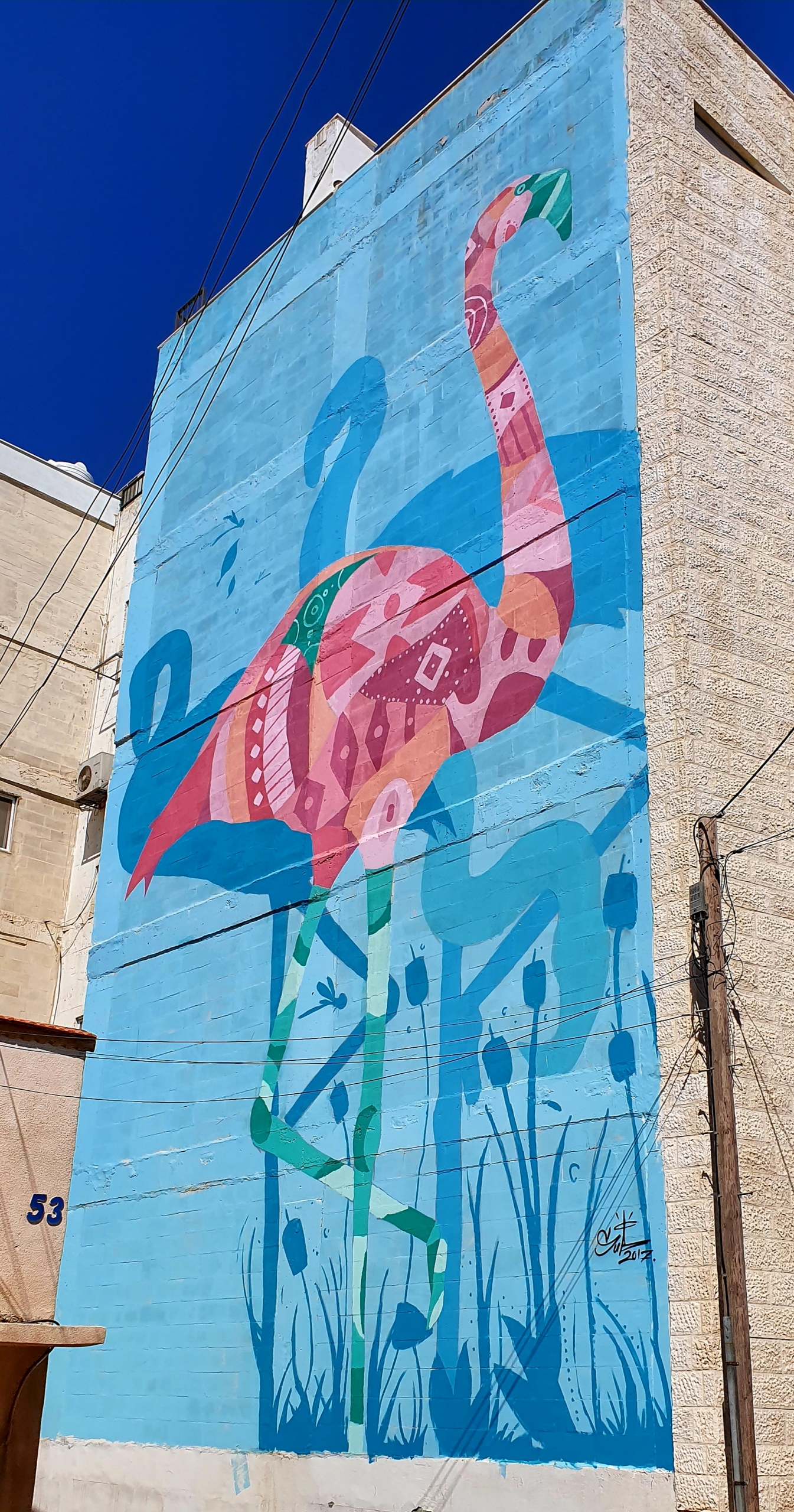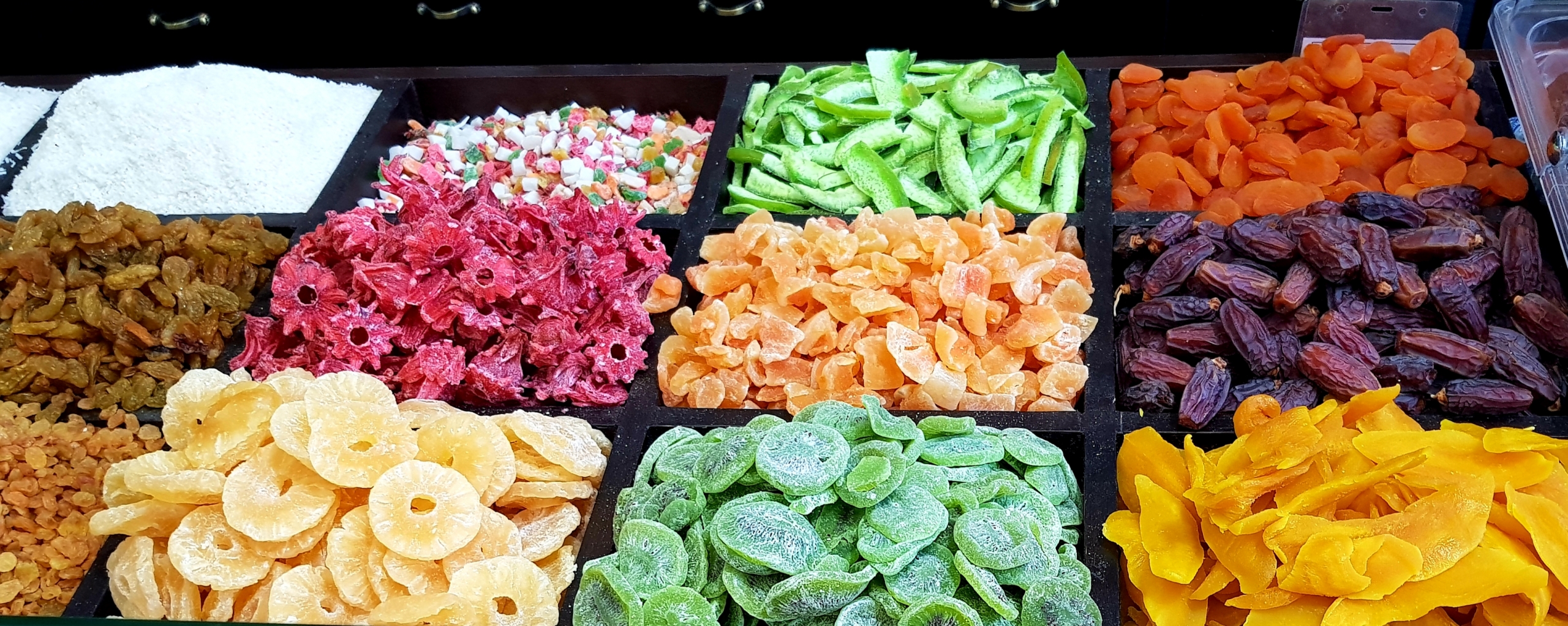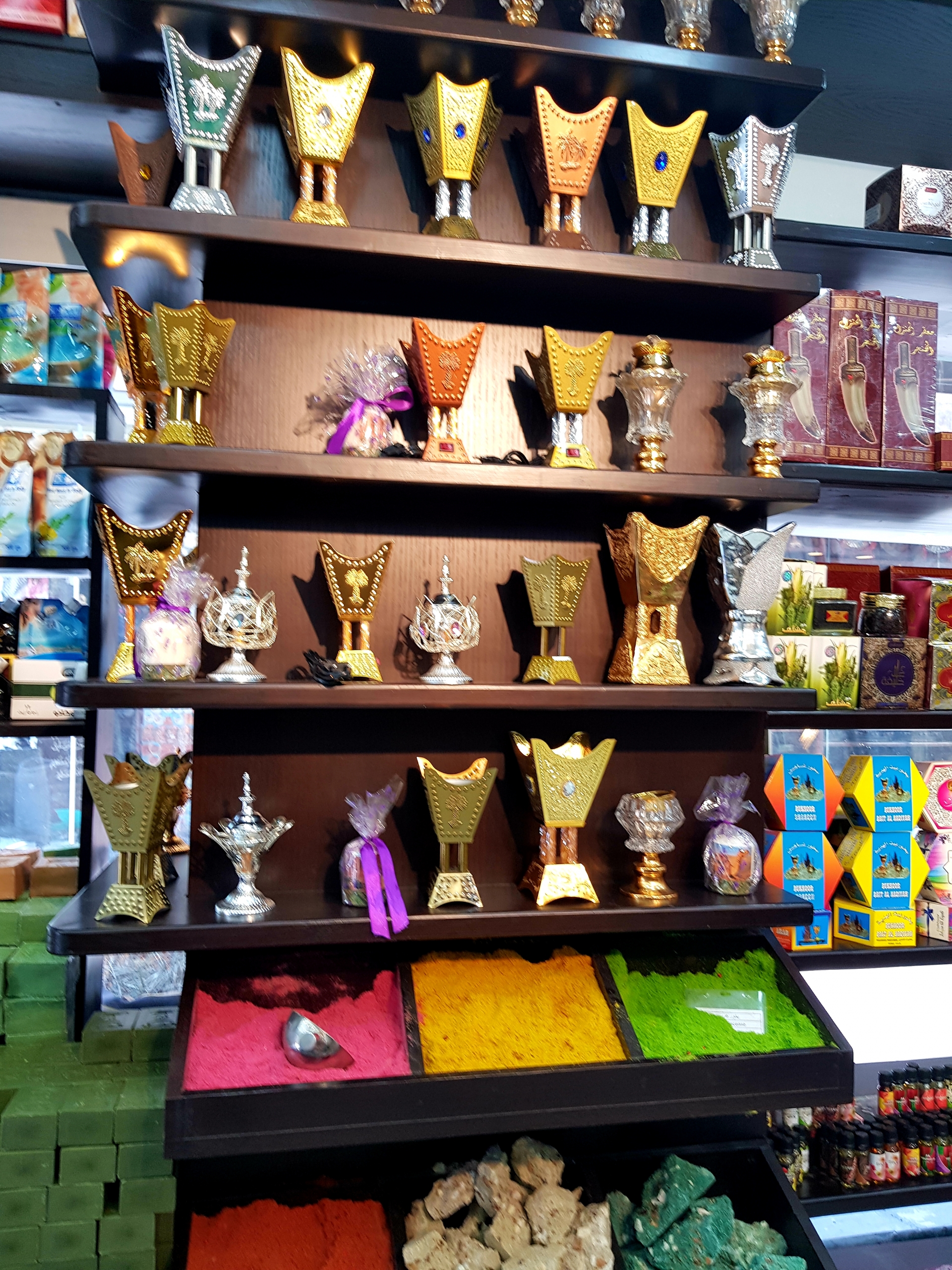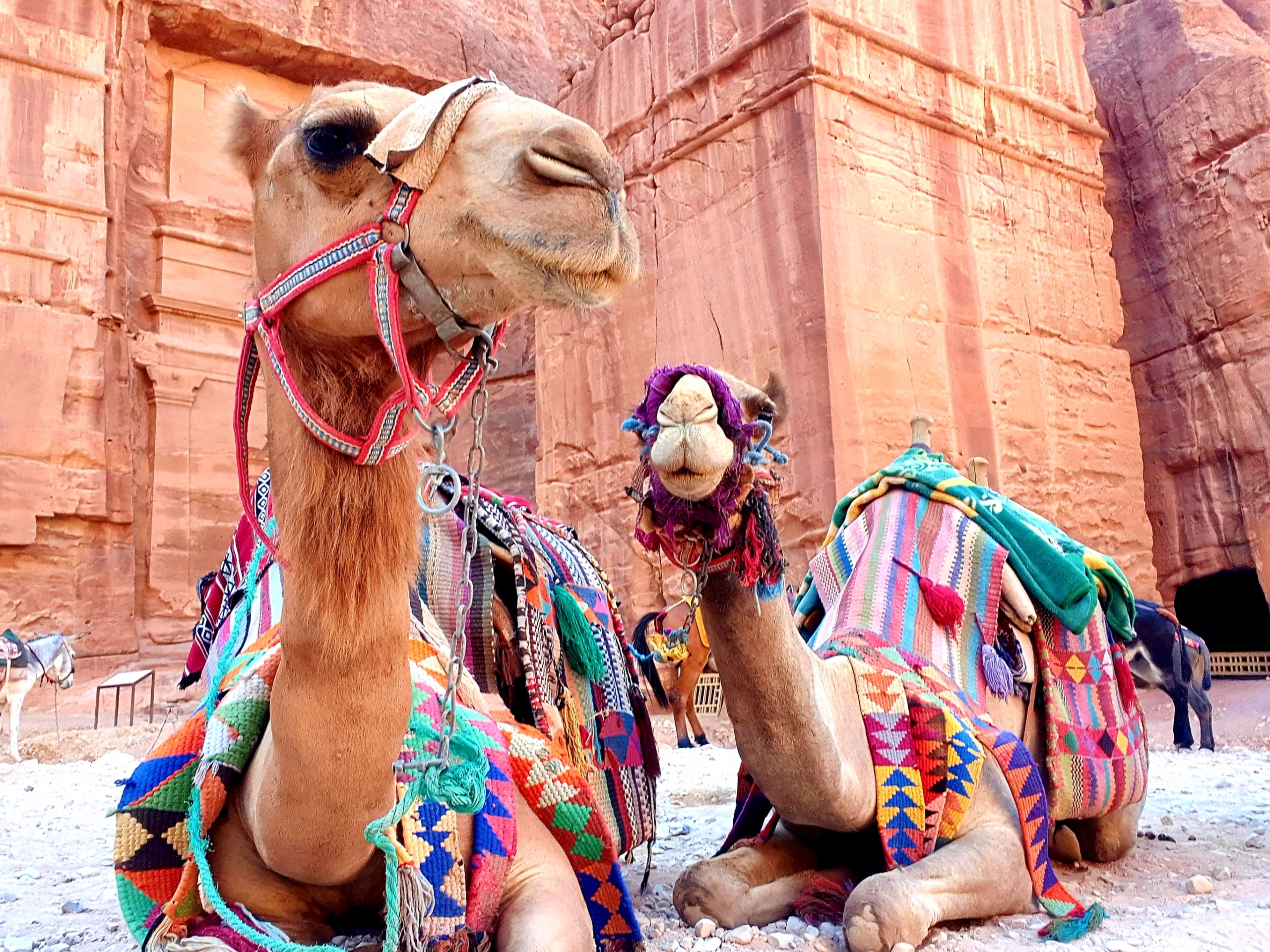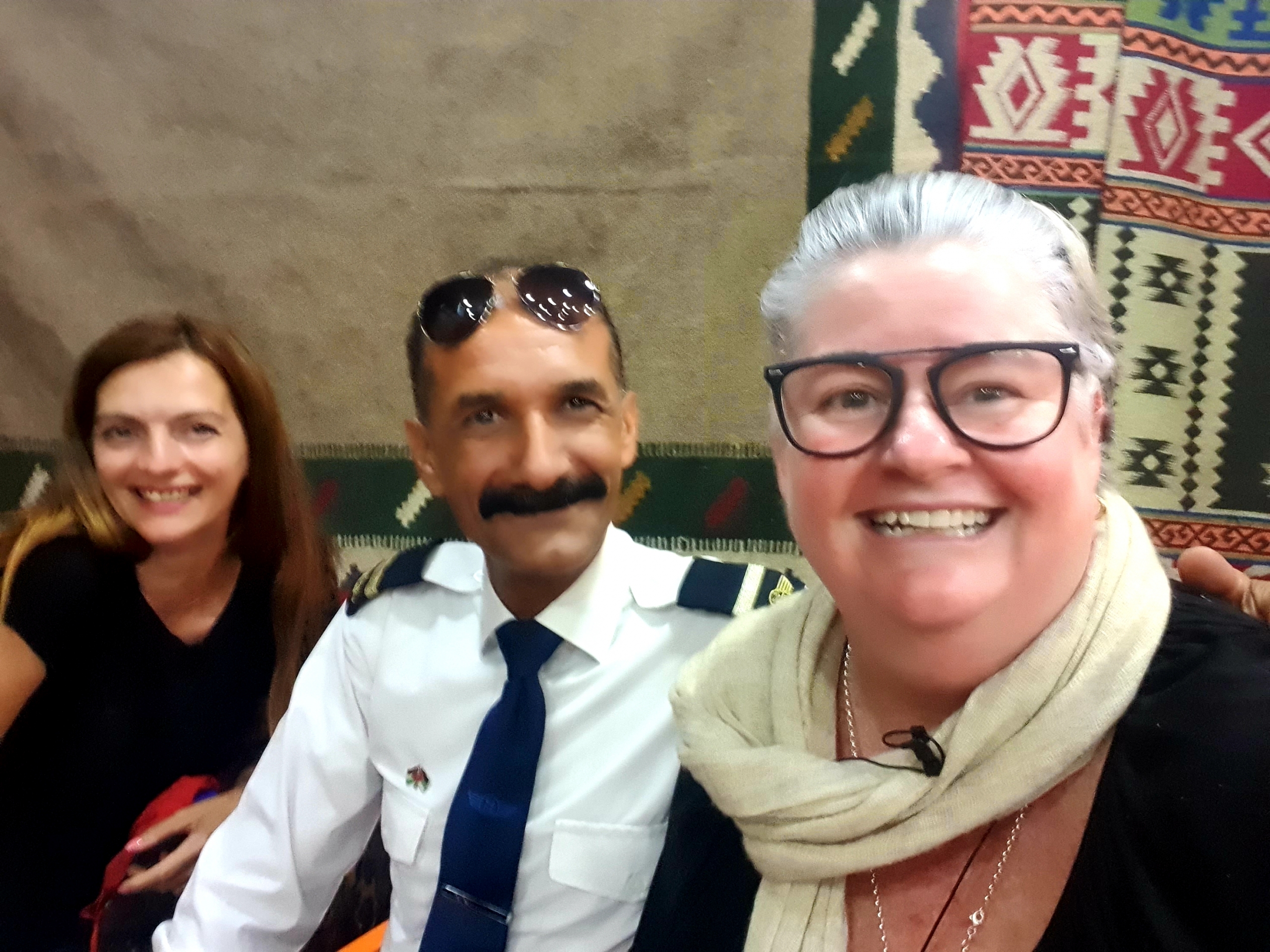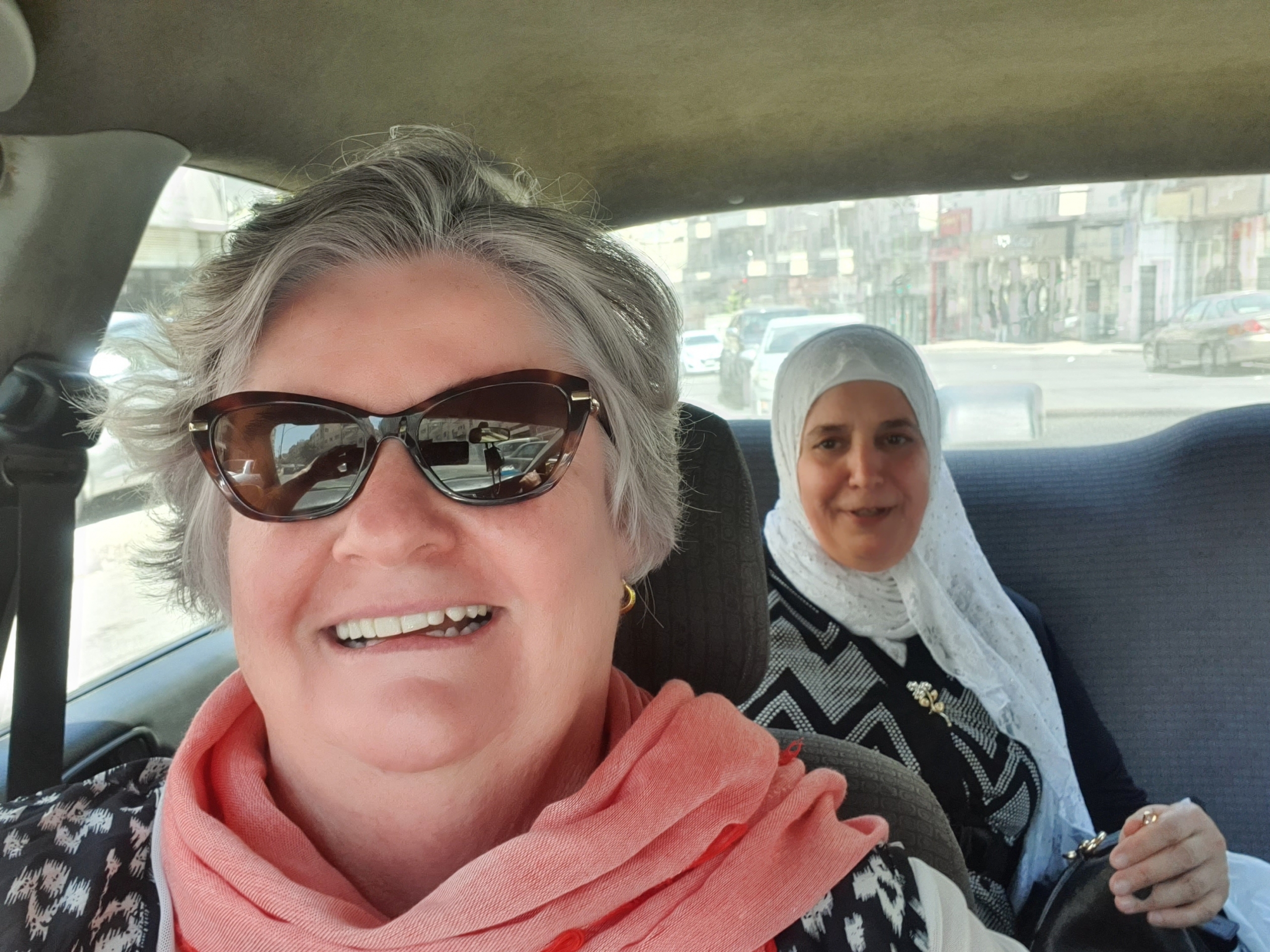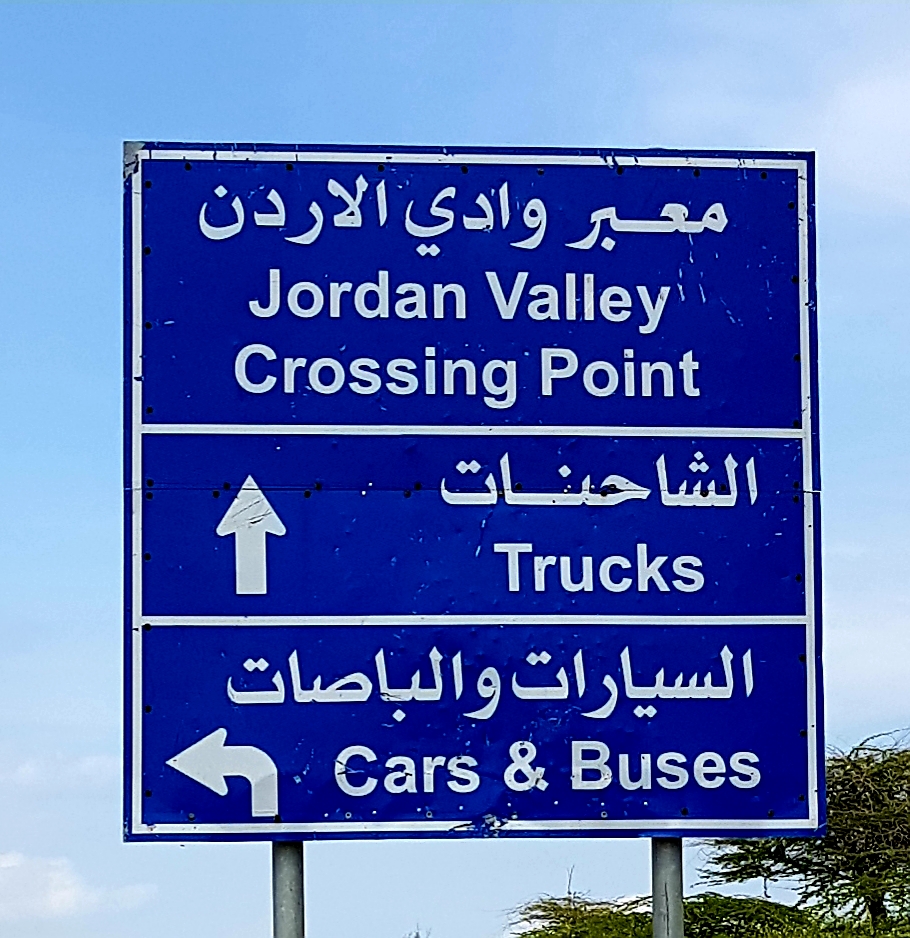A walk to the Jordan Museum
Staying in Amman for a week gives you the time to explore more of the city on foot. I was staying near the Roman Amphitheatre which gave the opportunity to walk along Al Hashemi, Quraysh Street, King Talal Street down to Jordan Museum on Ali Ben Abi Taleb. The sights, sounds, and smells were memorable.
One of the things I like to do in a city is exploring the city as it is waking up. I try to get a different perspective of a culture and not just stay with a tourist mindset. I love to see the gritty, earthy natural way that people live all over the world. So taking a chance to walk among the locals as their day begins is an eye-opening and humbling experience.
One thing I noticed the first time I was in Amman is people with sheets on the ground covered in wares, usually clothes or shoes. I didn’t have time to explore what I was seeing. This visit I had the time to investigate more of what I observed. What I was told by locals was that these traders were gypsies or illegals. What they do is they find or collect any items, then set up a random blanket or stall in the street and sell anything they can. The poverty is high in Jordan as a large amount of the population are displaced peoples.
Over this visit, my local contacts explained to me how to differentiate between Bedouins and gypsies. So when I say this I do not mean to offend anyone or lose the message in my interpretation. Bedouin are steeped in decades of history, they are a proud culture where they are preserving their culture and lifestyle. The Bedouin tents are darker and earthier in colour made of natural fibres. Gypsies are transient, poor people who live in tents that are covered in coloured tarpaulins in orange or blue.
Personal safety is always important to me, although when I am visiting a country I do try to adopt some local habits. For me on this trip, it was Jaywalking. Jaywalking appears to be a way of life in Amman. Even though police are visible everywhere, they do not take any action as you walk across a busy street. I am also told that there is a lot of plainclothes police that you will never know. Surprisingly there are very few pedestrian accidents for somewhere that is this busy. The other observation I made all over Jordan is no one uses seat belts and children ride unrestrained in the vehicle. It is illegal to be unrestrained in a vehicle but no action is taken. It is very disturbing for a nurse to witness. I will not even start to talk about driving in Jordan that would be a full novel in itself.
The sound of car horns is never-ending in Amman and Jordan in general. The car horn appears to be used as a warning, a prompt or a thank you. I drove with a friend in his private car a few times during which we had a conversation about car horns. He just laughed and continued to use the car horn to tell people he was not satisfied with their driving ability. He used it to encourage people to move their vehicle forward in traffic where in reality there was nowhere to move. After a while, we decided that is was just a way of feeling like you are doing or achieving something while sitting in traffic.
The Jordan Museum is centrally located in the downtown area of Ras al-‘Ayn only a street away from major archaeological sites such as the Citadel and the Roman Amphitheatre. The Jordan Museum is the largest museum in Jordan and hosts the country’s most important archaeological artifacts. I found the Neolithic ‘Ain Ghazal Statues, were fascinating. They are the oldest human statues ever made dating from 7500 BC and look like naive art. The museum hosts Q175 scroll, one of the Dead Sea Scrolls Copper Scroll found near Khirbet Qumran. Another significant exhibit is a copy of Mesha Stele. The stele constitutes one of the most direct accounts of biblical history. It is a large black basalt stone that was erected in Moab, inscribed by King Mesha, where he promotes himself for building cities like Moab or modern-day Al-Karak.
As I was walking for a few hours in Amman I reflected on the attention that I receive as a single, white female in an Arab country. I always dress conservatively, though I do dress in western clothes. I always have a scarf on me or accessible should I require it. The level of attention I receive is not enough that it would disturb me or stop me from visiting such an interesting country. In the early evening and at night I do notice a different atmosphere and I am more wary and cautious. I predominately stay on main streets and public thoroughfares, while in the day I will venture to some side streets where there are traders and vendors as well as members of the public. I had to have a laugh to myself with one of the female security guards at the Jordan Museum approached me and said she recognized me after seeing me in the street. She said, you are near the Citadel, She said she saw me when she was riding on the bus to work. This could be an absolutely wonderful observation or a horrible one, I took it in a positive way, I smiled and we parted.
As I left the Jordan Museum I crossed the streets near the bus interchange, there I was greeted with the smell of freshly baked bread mingled with the smell of urine. As I approached the shop window the baker started waving to me as I passed and asking where was I from. In the shop, you could see the huge tandoor and piles of freshly baked large round flatbreads laid out on the bench.
As I wandered the streets of Amman this day I kept saying how amazed I was at the continual contrast there was. This absolute contrast is what is the magic and the mystery of Jordan. I came upon one store selling leather gun pouches and pipes for your hookah when you smoke your shisha. This contrast of the old and new was glaringly evident in one shop where I saw the turkey feather dusters, the short straw brooms, and paddle to hit carpets next to the plastic fly swat and plastic stools. Walking along the street you see the stores to cover cushions in the bright material which are traditional seating in homes.
Food is sold by weight, so you choose what you want. For me as a non-Arab speaker, it is difficult as there is limited signage in English on the spices and dry fruit on display. As I passed one street corner there were several ladies selling cheese or yoghurt by weight out of metal tins. They portioned the food into a plastic bag, held it up with a scale as they negotiated a price. It is very interesting to observe. You can buy any live animal such as quail, rabbit, fish, duck, chicken, etc. for consumption on the street and in the markets. My joking thought to myself as I approached this area was, this is not a pet shop. As you walk past butcher shops the fresh carcasses hanging with entrails, livers, stomach, and organs on display is a sight. One of the gems I saw was two sheep heads on display. Visiting Jordan is not for the faint heart or weak dispositioned.
When I walked past the Grand Mosque early in the day I observed men sitting in the forecourt. I didn’t pay much mind to it until I passed them again later in the day when I noticed they had bags of tools. What I believe I was seeing was itinerant day workers wait in this space to be hired for work with their tools.
In the midst of this modern busy city, there are antiquities such as the Roman Nymphaeum. The Nymphaeum is a partially preserved public Roman fountain from the Greco-Roman period when modern-day Amman was known as Philadelphia. This site built in the 2nd century and contained a 600 square meter pool that was 3 meters deep.
My walk nearly over, I fortified myself after my long day by purchasing a fresh-squeezed orange juice for 2 JD from a vendor on a street corner before heading back to my accommodation. The whole day was exciting and wonderful.
When I decided to visit Jordan the second time I knew I had to see the major sites in my whirlwind three day visit. After that, I realized that you need far more time to see and really absorb the magic of Jordan I set about planning a much longer trip. It turned out even two weeks was not enough to see everything that I had on my list, though here are some of the highlights.

